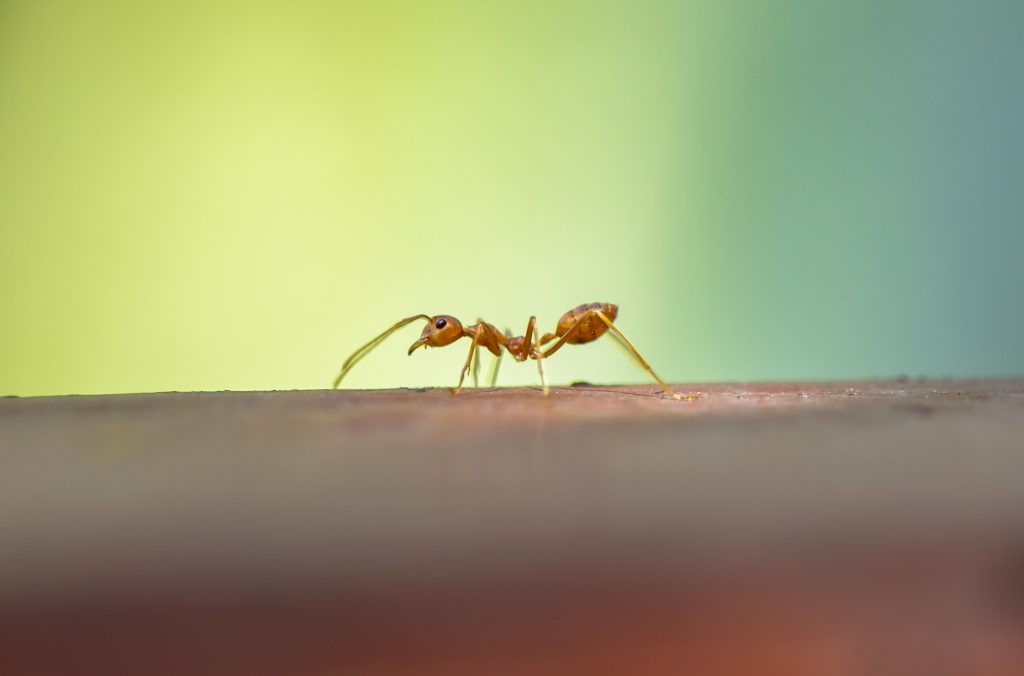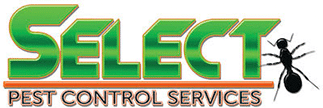PEST CONTROL DONE RIGHT
Summer’s Worst Enemy: 10 Signs You Have an Ant Infestation

When Spring turns to Summer, ants may invade your home. Ants may be small, but when they make themselves at home in your house, they quickly become a big nuisance. Recognizing the signs of an ant infestation early is crucial for effective pest control, whether it’s the common household ant or more troublesome species like carpenter ants. Understanding the indicators of an ant problem in the summer months allows you to promptly address it before it escalates. Here’s a comprehensive guide on how to identify if you have an ant problem and steps to mitigate infestations.
1. Visible Ant Trails Indicate An Ant Infestation
One of the most obvious signs of an ant problem is the presence of visible ant trails inside your home. Ants typically follow distinct paths as they forage for food and water. You may notice lines of ants moving along baseboards, countertops, or floors, particularly in areas where food crumbs or spills are present. Pay attention to the ants’ size, color, and behavior to help identify the species and severity of the ant infestation.
2. Piles of Ant Frass
Certain species, such as carpenter ants, excavate wood to build nests and galleries. As they tunnel through wooden structures, they create piles of sawdust-like material known as ant frass. Keep an eye out for small mounds of frass near wooden surfaces, window sills, door frames, or areas where ants are active. Accumulations of frass may indicate the presence of a hidden ant nest within your home.
3. Swarms of Flying Ants
Flying ants, also known as swarmers or alates, are reproductive individuals that emerge from mature ant colonies to mate and establish new colonies. Seeing swarms of flying ants indoors or near your home’s exterior, especially during summer, is a telltale sign of an established ant colony nearby. Flying ants may indicate an ant infestation that has progressed to the stage of colony reproduction and expansion.
4. Nesting Sites and Entry Points
Inspect your property for signs of ant nesting sites and entry points where ants gain access to your home. Ants commonly nest in moist or concealed areas, such as under sinks, behind appliances, in wall voids, or beneath floorboards. Look for small openings, cracks, or gaps in your home’s exterior walls, foundation, windows, and doors that serve as entryways for ants to infiltrate indoors.
5. Damage to Structural Wood
Certain species of ants, such as carpenter ants, threaten wooden structures and cause significant damage over time. Check for signs of wood damage, including hollow-sounding timbers, crumbling or weakened wood, and smooth, clean galleries within the wooden components of your home. Carpenter ants excavate wood for nesting purposes, which can compromise the structural integrity of your property if left unchecked.
6. Unusual Odors or Sounds
In some cases, ant infestations may produce distinct odors or sounds that are indicative of their presence. Certain ant species emit foul or musty odors when disturbed or when their nests are disturbed. As ants move and communicate within their colonies, you may also hear rustling sounds from within walls or ceilings. Pay attention to any unusual smells or noises that could signal an ant infestation.
7. Trails of Ant Droppings
Ants leave behind droppings or fecal matter as they move and forage for food. Look for trails of tiny, dark-colored droppings along ant pathways or near nesting sites. Ant droppings resemble finely ground pepper and may be found on countertops, floors, or window sills. Identifying ant droppings can help confirm the presence of an ant infestation and guide targeted pest control efforts. Laying down eco-friendly ant deterrents such as peppermint, cinnamon, or tea tree essential oils can help slow the amount of ants coming into your home.
8. Food Contamination and Damage
Ants are attracted to food sources and can contaminate stored pantry items, pet food, and kitchen surfaces with their presence. Check for signs of food contamination, such as small holes or punctures in food packaging, chewed-through containers, or trails of ants leading to food sources. Keep food storage areas clean, sealed, and free of crumbs or spills to deter ant activity.
9. Persistent Ant Activity
If you notice persistent ant activity despite your efforts to eliminate them, it may indicate a more significant and entrenched infestation that requires professional intervention. DIY methods and over-the-counter insecticides may provide temporary relief but often fail to address the root cause of the ant infestation or eradicate ant colonies completely. Consider seeking professional pest control services for thorough ant management and long-term prevention.
10. Professional Pest Inspection
When in doubt, enlist the help of a professional pest control company to conduct a comprehensive inspection of your property for signs of ant activity and other pest issues. Pest control experts have the knowledge, experience, and resources to identify, assess, and address ant infestations effectively using safe and targeted treatment methods.
In conclusion, recognizing the signs of a summer ant problem empowers you to take proactive measures to protect your home and property from further damage and inconvenience. By staying vigilant, conducting regular inspections, and addressing an ant infestation promptly, you can maintain a pest-free environment and preserve the integrity and comfort of your living space. Select Pest Control Services offers expert assistance in identifying and managing ant infestations, ensuring a thorough and effective solution. Don’t wait until the problem worsens—contact Select Pest Control Services today to schedule an inspection and protect your home from unwanted pests this summer.
